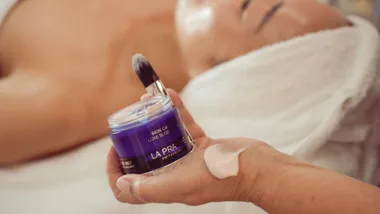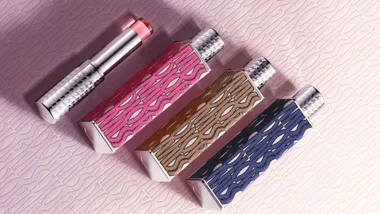In the wellness world, there is one style of massage that is currently piquing more interest than any other: lymphatic drainage massage.
Originating in the 1930s, the practice is fast gaining popularity today thanks to its wide range of alleged benefits that range from clearer skin to slimmer thighs.
Here, we investigate whether lymphatic drainage massages actually work and whether they’re worth your time.
Firstly, What Is The Lymphatic System?
In order to break down exactly what a lymphatic drainage massage does, it’s necessary to first under how the lymphatic system works. A part of the immune system, the lymphatic system helps the body fight off infections. It’s comprised of a network of tissues and organs that enable the body to get rid of toxins, waste and other unwanted materials.
It also drains lymph, a colourless fluid of infection-fighting white cells that have leaked from the blood vessels into the tissues, emptying it back into the blood stream via the lymph nodes.
Additionally, it works to maintain healthy fluid levels in our body’s tissues by removing the fluids that leak out of our blood vessels. Although it’s not a charming visual, it’s anecdotally referred to as the body’s ‘sewerage system’.
How Do Lymphatic Drainage Massages Actually Work?
Said to help the lymphatic system do its job, lymphatic drainage massage allegedly helps to speed up the removal of waste and toxins from the body. It’s the same rationale that applies to the use of beauty tools like Gua sha and jade rollers. The only similarity lymphatic drainage massages bear to other types of massage is that it requires the therapist (who must be a certified lymphedema therapist) to put their hands directly onto the client’s skin.
Pressure-wise, it’s much lower in intensity and follows a particular stroke pattern to generate its results, with the first stroke being done to stretch the skin, while the second, more directional stroke is performed to send lymphatic fluid towards the nearby lymph nodes.
While most people are eligible for a lymphatic drainage massage, those who experience any of the following are generally advised to avoid it and speak to a doctor first:
- An infection or inflammation in the swollen area
- A blood clot
- Heart problems
- Cancer in the area

What Are The Alleged Benefits Of Lymphatic Drainage Massage?
The alleged benefits attributed to lymphatic drainage massage are vast and varied. These include:
- A reduction in swelling, water retention and increased circulation, particularly for those with lymphedema (swelling caused by a lymphatic system blockage)
- A boosted immune system (especially for the immuno-compromised or those who have been ill for extensive periods of time i.e. with glandular fever or chronic fatigue syndrome)
- Faster recovery after surgery by helping regenerate tissues and minimise scarring at incision sites
- Improved digestion
- Reduced appearance of cellulite and stretch marks
- A boosted metabolism
- Reduced swelling of plugged ducts in breastfeeding women
- Cleaner, healthier pores and reduced acne
- Pain relief for Fibromyalgia and Lupus
- Improved hormonal balance
What Do The Experts Say?
When it comes to the efficacy of lymphatic drainage massage, the science is only partially in support of the practice’s many claims. Although there are studies upholding its ability to accelerate the lymphatic system, reduce post-surgical swelling and even reduce thigh circumference, cellulite and fat in women, currently there isn’t enough research to substantiate its other claims.
Main image via @saltbyhendrix










